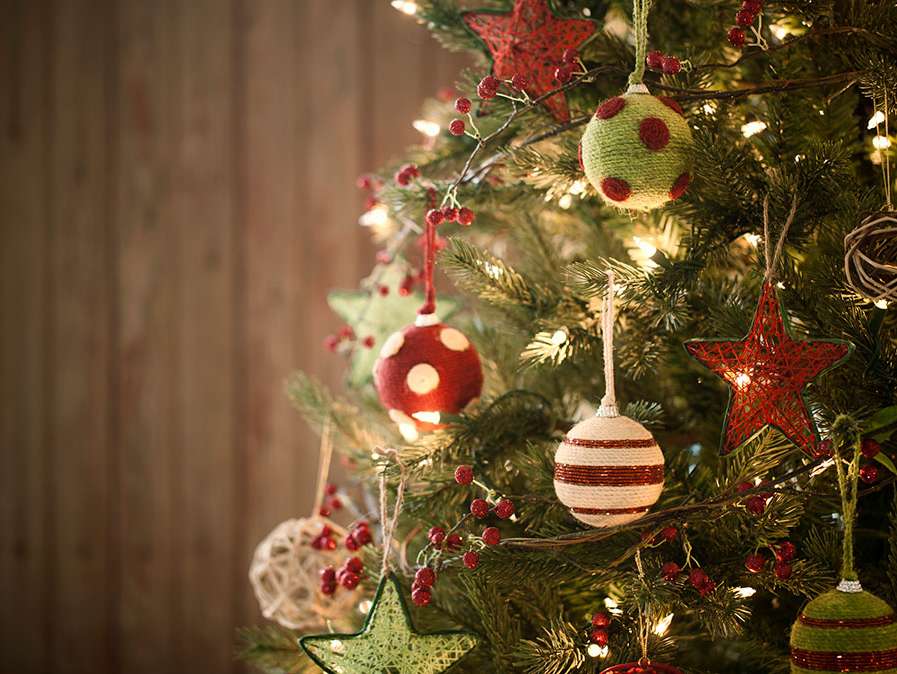Around the end of November each year, Christmas trees start to be in the minds of a lot of people. For many American families, it is the centerpiece of the largest holiday of the year; the Christmas tree, the focal point for celebrations and gifts, is lined with beloved ornaments and decorations. There are several concerns about which kinds of trees are more beneficial to the environment. Which one is better? Here is a glance at some of the key arguments in that discussion, and the typical misconceptions. According to Nature.org, per season, about 10 million artificial trees are purchased in the U.S. Almost 90% of them are exported from China worldwide, resulting in a rise in greenhouse gases and energy. A common assumption about buying a real tree is that it hurts the environment. However, that myth would turn out to be incorrect, in fact, the complete opposite. Christmas trees are crops planted on fields, like lettuce or wheat. According to Bert Cregg, a specialist in Christmas tree development and agriculture at Michigan State University, they are not cut off from wild forests on a wide scale. A five- or six-foot tree takes just under ten years to fully grow, and once it is cut down, the farmer will replace that one by planting a new tree. So, for a short answer–real! Real trees help fight climate change, and even though your Christmas tree is cut down, you are supporting forests. Not to mention the fragrance of new plastic is just not as enjoyable as the scent of a crisp, fresh pine tree.
Categories:
Real vs. Artificial – What Type of Tree Is More Eco-friendly
This is an image of a Christmas tree.

